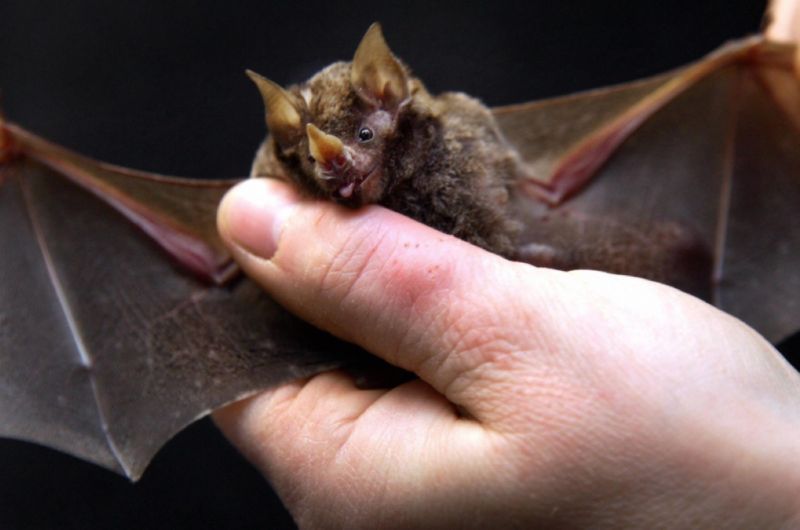These bats can use leaves as “sound mirrors” for better navigation

Enlarge / The leaf-nosed bat, native to Central and South America, has noseleaves that may help project its echolocation calls. (credit: Thomas Lohnes/AFP/Getty Image)
Leaf-nosed bats can locate even small prey with echolocation by exploiting an "acoustic mirror" effect, according to a recent paper in Current Biology. If the bat approaches an insect on a leaf from an optimal angle, the leaves act as a mirror, reflecting sound away from the source. The research could have important implications for studying predator-prey interactions and for the field of sensory ecology.
It's common knowledge that bats hunt and navigate in the dark primarily by emitting ultrasonic pulses and using the returning echoes to determine the location, speed, and distance of nearby objects or prey (active echolocation). But different species of bat can use echolocation in slightly different ways, including passive echolocation strategies. The pallid bat, for instance, might use active echolocation for navigation but a passive approach when it hunts. It has two pairs of ears (internal and external), the better to pick up any noise generated by insects. But what about insects that don't make any noise, like the dragonfly?
Co-author Inge Geipel, a postdoc with the Smithsonian Tropical Research Institute (STRI), first became interested in the issue while working on her PhD at the Institute for Advanced Study in Berlin, Germany. Her thesis advisor, Elizabeth Kalko, had found dragonfly wings in leaf-nosed bat roosts-a surprising find, since dragonflies are diurnal, meaning they don't fly at night, settling in on vegetation instead. They don't have ears, so they can't hear hunting bats, nor do they produce sounds as a means of communication. Most bat scientists assumed dragonflies would be too small for the bats to find purely via echolocation.
Read 9 remaining paragraphs | Comments